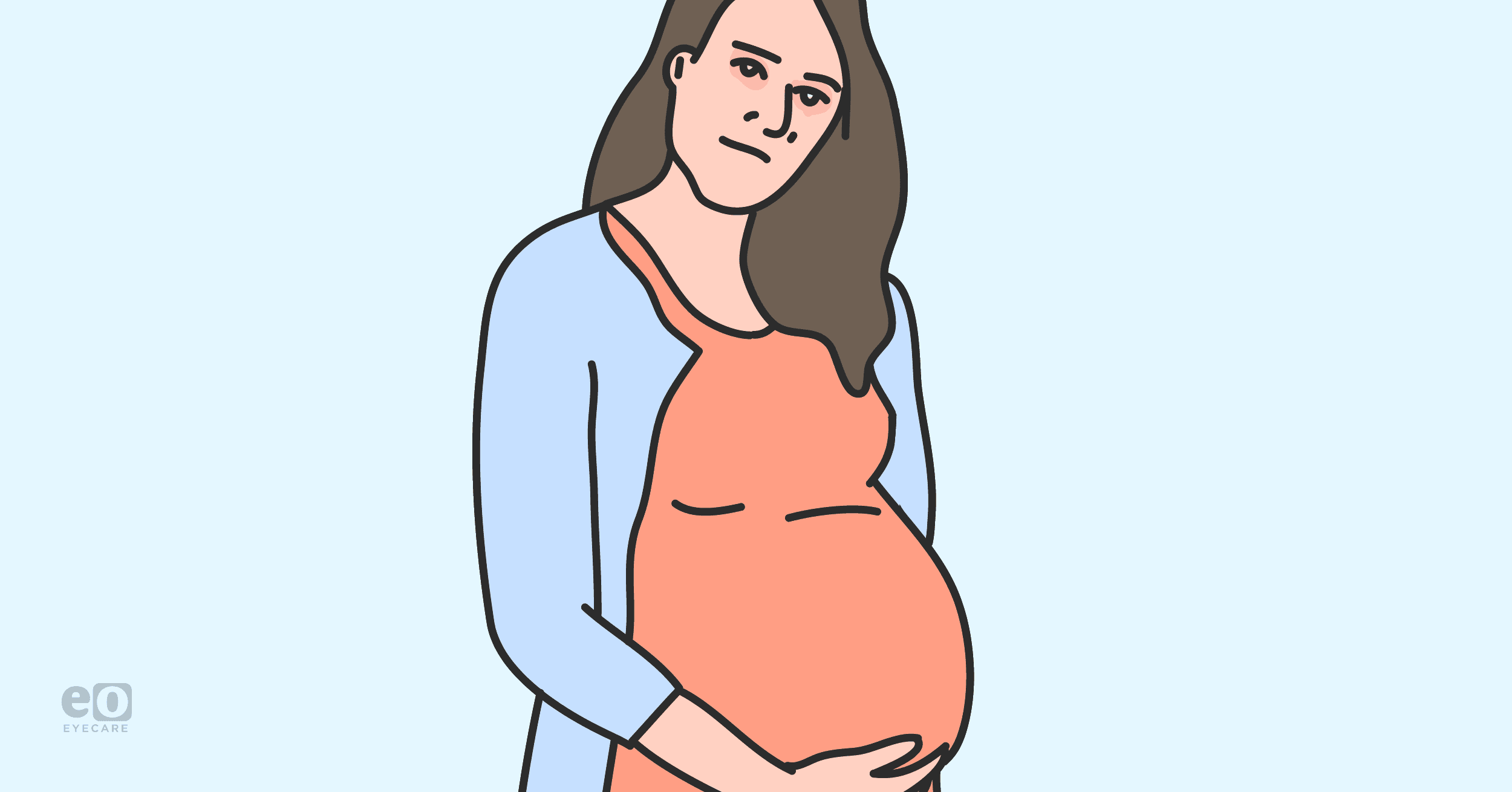Physiological differences in ocular structure between men and women have been identified in the cornea, conjunctiva, meibomian glands, and lacrimal glands and may contribute to the higher DED prevalence rates observed in women.8
The reasons for increased prevalence of DED in women are thought to be due to:
- Reduction of natural tear production from hormonal fluctuations that can occur during and after pregnancies, from the use of birth control pills, or menopause.5
- Autoimmune diseases are generally more prevalent in women than in men. There is a strong association between DED and autoimmune disorders in which inflammation plays a significant role, such as Sjogren’s syndrome, thyroid diseases, rheumatoid arthritis, and lupus.5
- Medical and cosmetic treatments that include blepharoplasty, laser-assisted in situ keratomileusis (LASIK), botulinum toxin type-A injections, contact lenses, permanent eye tattoos, topical facial creams, prescription medications, and hormone replacement therapies.5,6
- Compared to men, women have been found to interact more with the health care system, which offers more opportunities for earlier detection and diagnosis in the treatment of DED.5,6
References:
- FOS DEWS II Definition and Classification Report. Craig JP, Nichols KK, Akpek EK, Caffery B, Dua HS, Joo CK, Liu Z, Nelson JD, Nichols JJ, Tsubota K, Stapleton F Ocul Surf. 2017 Jul; 15(3):276-283.
- Paulsen AJ, Cruickshanks KJ, Fischer ME, et al. Dry eye in the Beaver Dam Offspring Study: Prevalence, risk factors, and health-related quality of life. Am J Ophthalmol 2014;157:799–806
- Schlehter JE, Pidgeon M, Chang D, Fong YC, Trousdale MD, Chang N. Potential role of disrupted lacrimal acinar cells in dry eye during pregnancy. Adv Exp Med Biol. 2002;506:153–157.
- TFOS DEWS II Epidemiology Report. Stapleton F, Alves M, Bunya VY, Jalbert I, Lekhanont K, Malet F, Na KS, Schaumberg D, Uchino M, Vehof J, Viso E, Vitale S, Jones L Ocul Surf. 2017 Jul; 15(3):334-365.
- Institute of Medicine. Exploring the Biological Contributions to Human Health: Does Sex Matter? Washington, DC: The National Academies Press, 2001
- Zajacova A, Huzurbazar S, Todd M. Gender and the structure of self-rated health across the adult life span. Soc Sci Med 2017;187:58–66
- TFOS DEWS II Sex, Gender, and Hormones Report. Sullivan DA, Rocha EM, Aragona P, Clayton JA, Ding J, Golebiowski B, Hampel U, McDermott AM, Schaumberg DA, Srinivasan S, Versura P, Willcox MDP. Ocul Surf. 2017 Jul; 15(3):284-333.
- Orucoglu F, Akman M, Onal S. Analysis of age, refractive error and gender related changes of the cornea and the anterior segment of the eye with Scheimpflug imaging. Cont Lens Anterior Eye 2015;38:345–350
- Lane SS, et al. A new system, the LipiFlow, for the treatment of meibomian gland dysfunction. Cornea. 2012 Apr;31(4):396-404.
- Cote S, Zhang AC, Ahmadzai V, et al. Intense pulsed light (IPL) therapy for the treatment of meibomian gland dysfunction. Cochrane Database Syst Rev. 2020.
